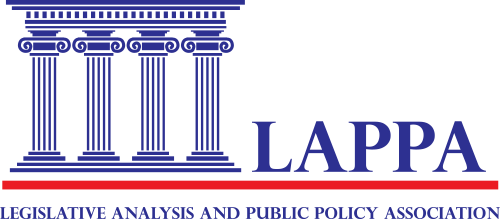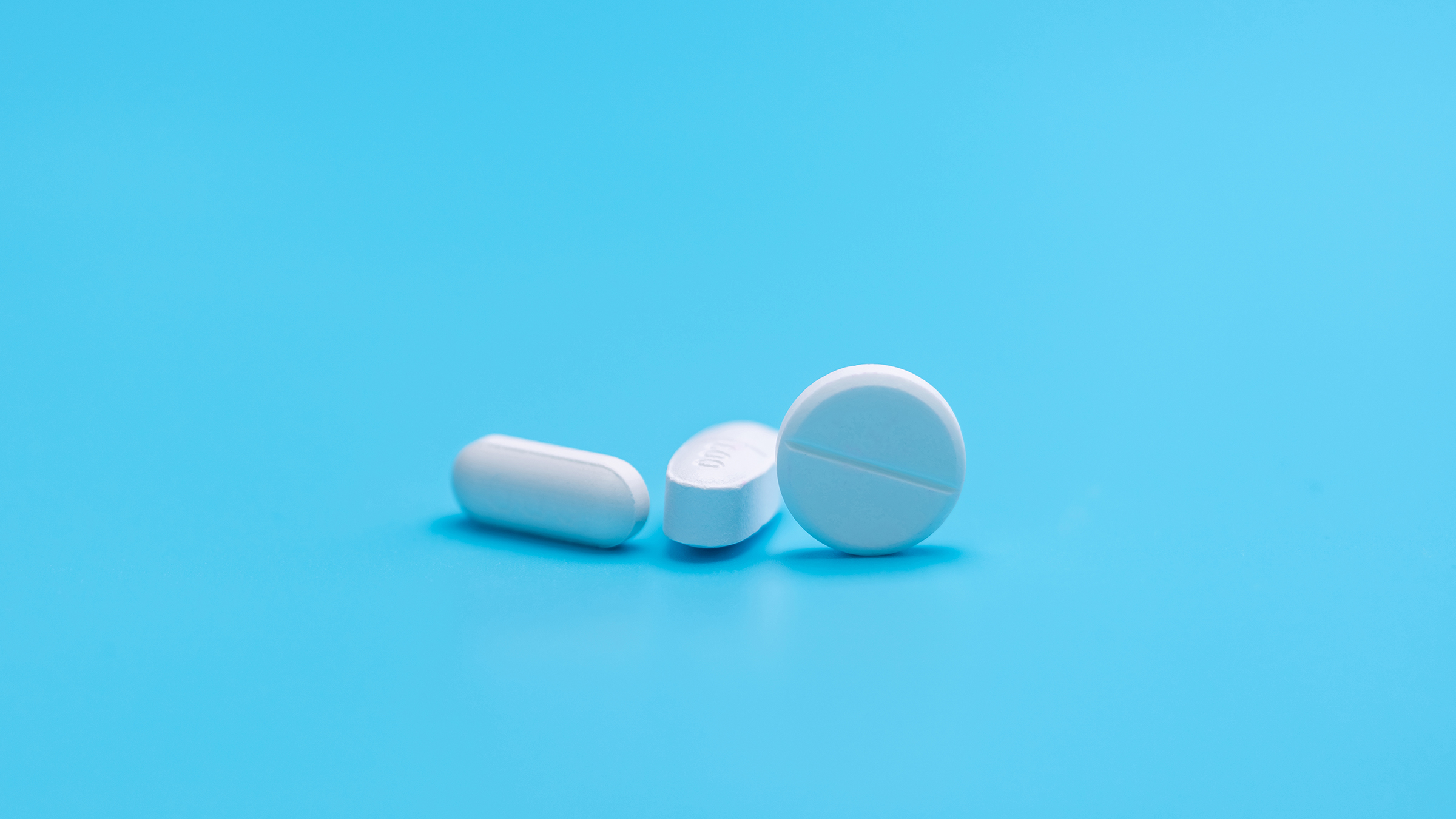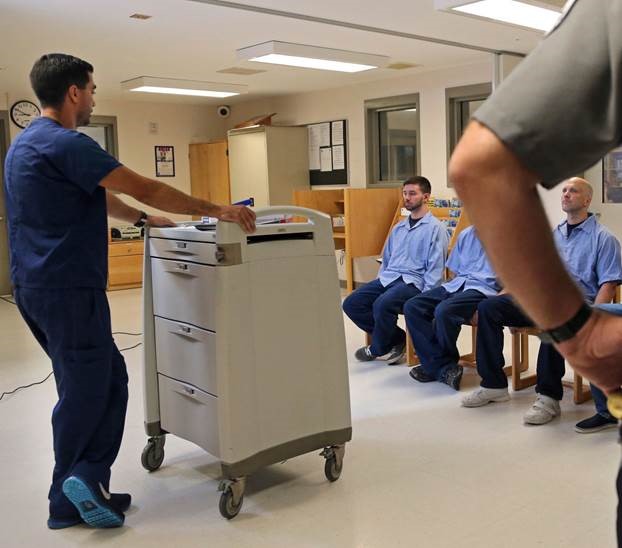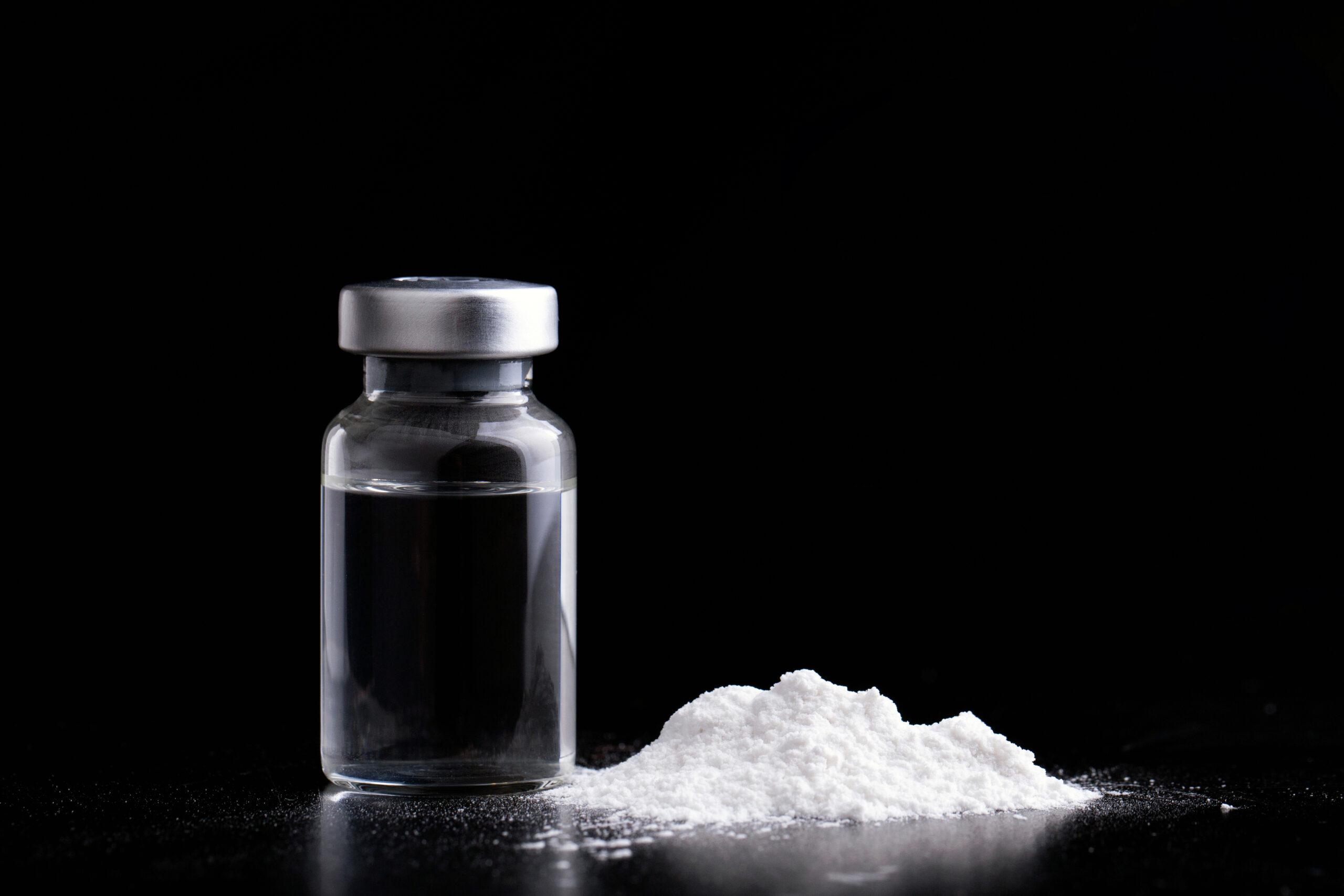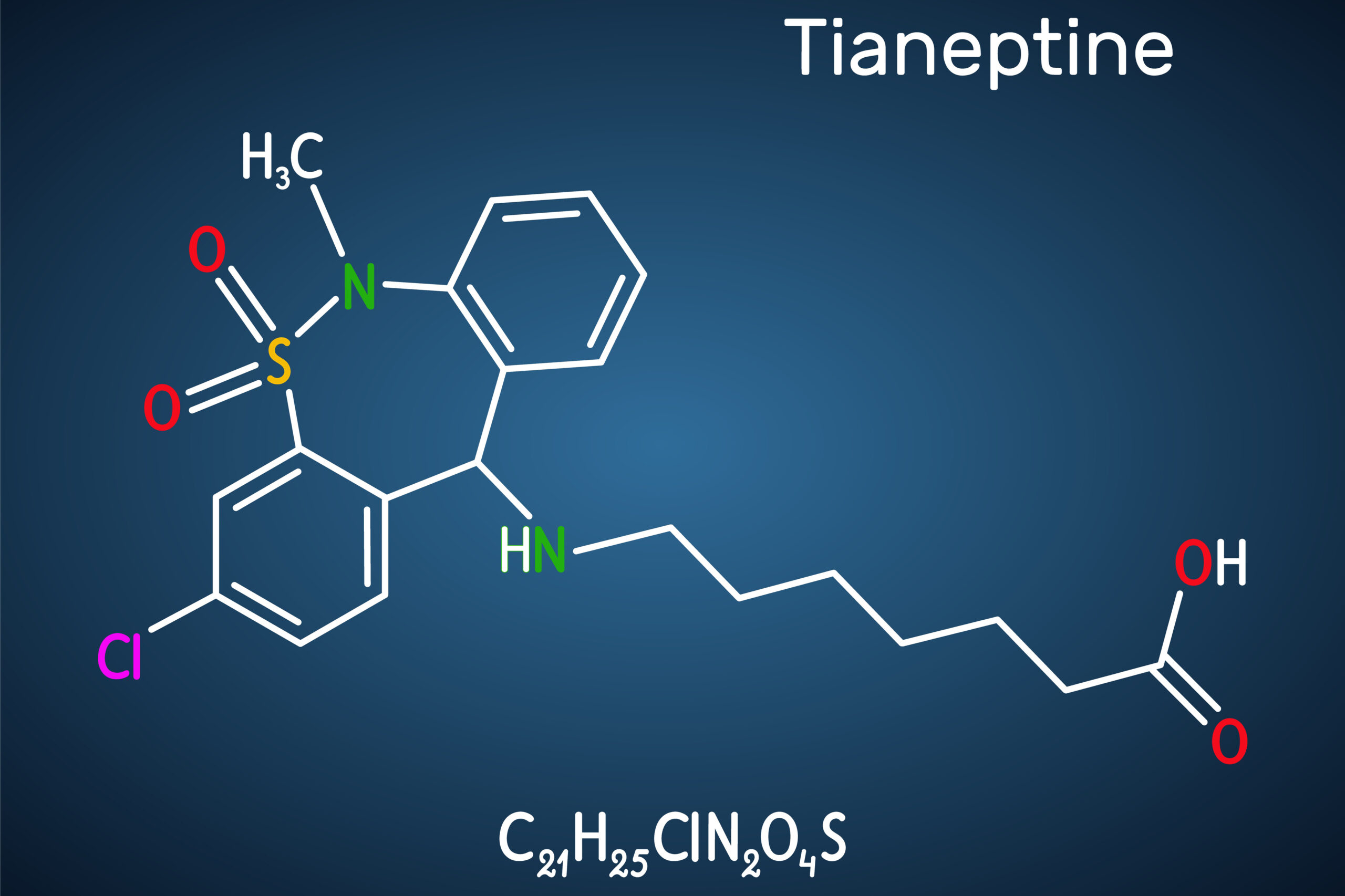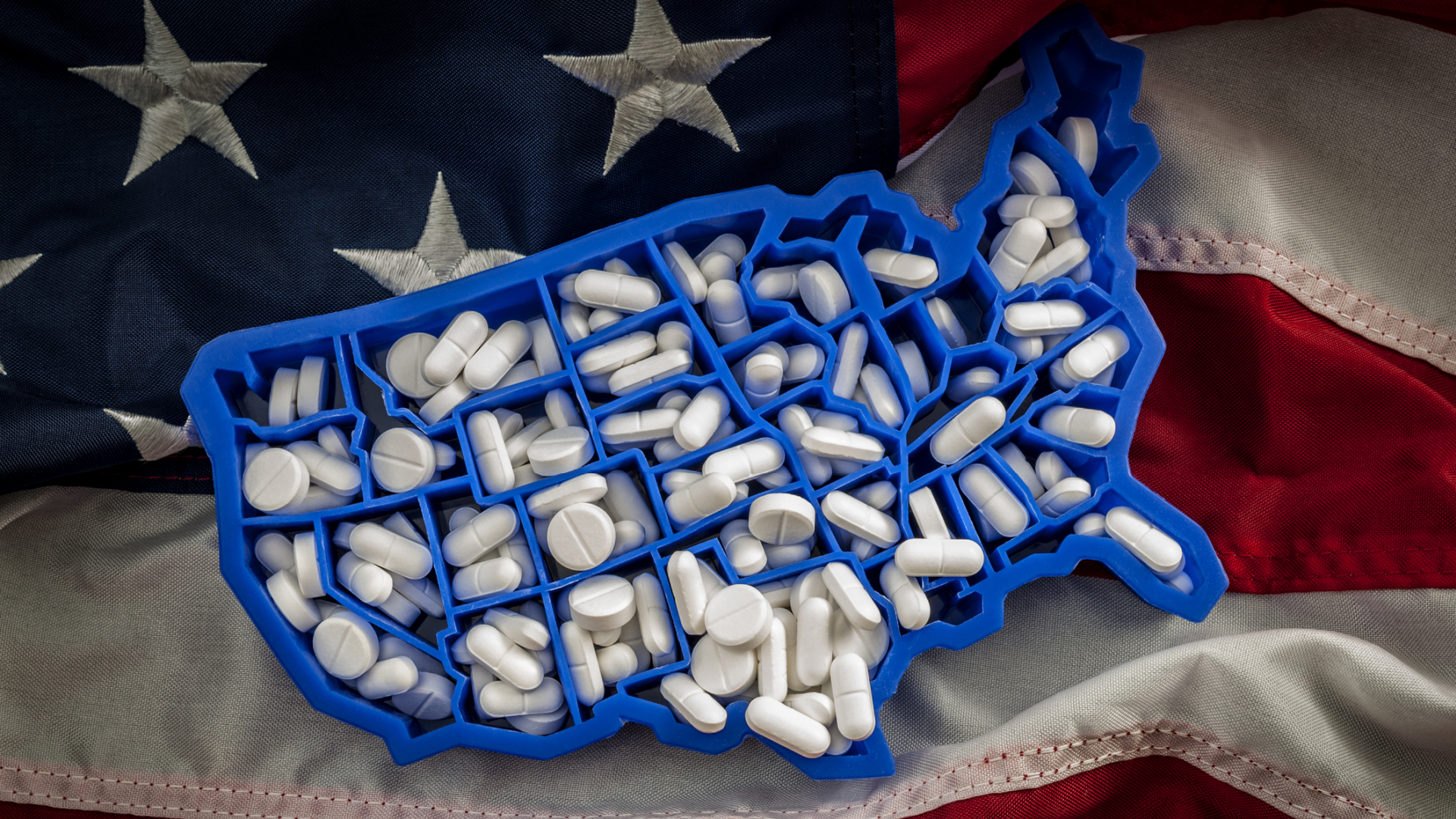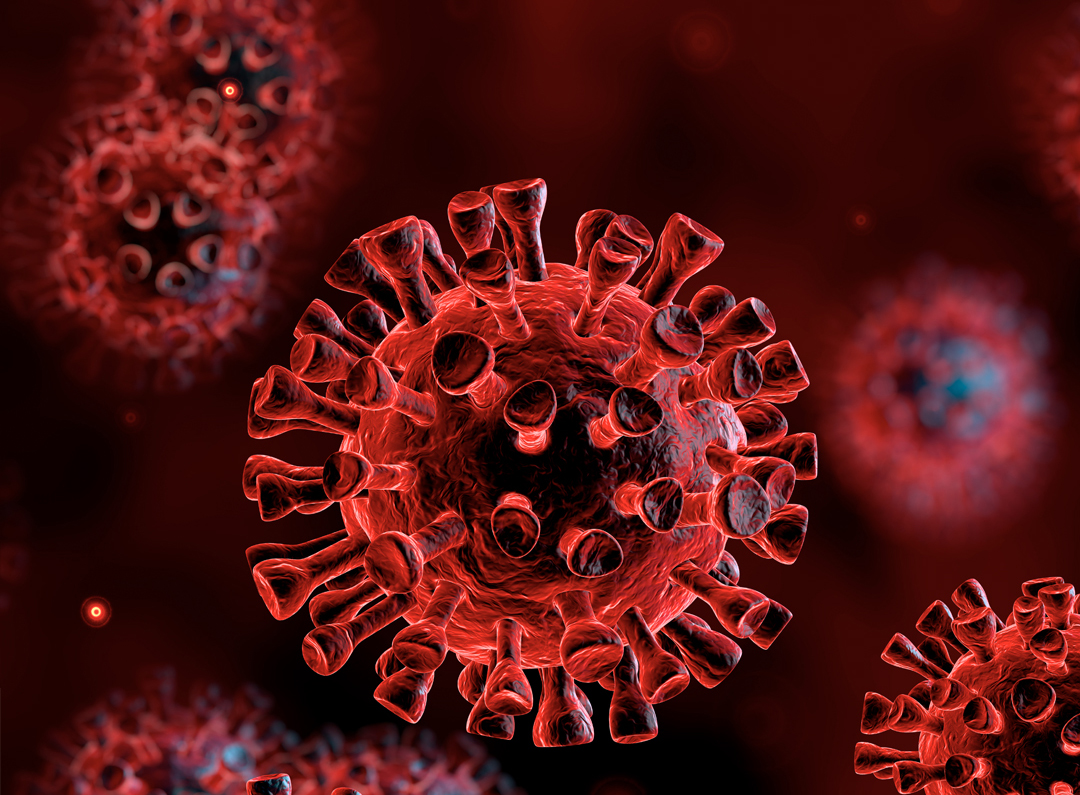Novel Psychoactive Substances: Nitazenes
The Legislative Analysis and Public Policy Association (LAPPA) continues to monitor the emergence of novel psychoactive substances (NPS) appearing on the illicit drug market in the United States. The term “novel” does not denote a brand new, never-before-seen substance but rather a substance that is newly available in the drug market. This fact sheet, the fifth in a series highlighting these dangerous drugs, is an examination of nitazenes....
